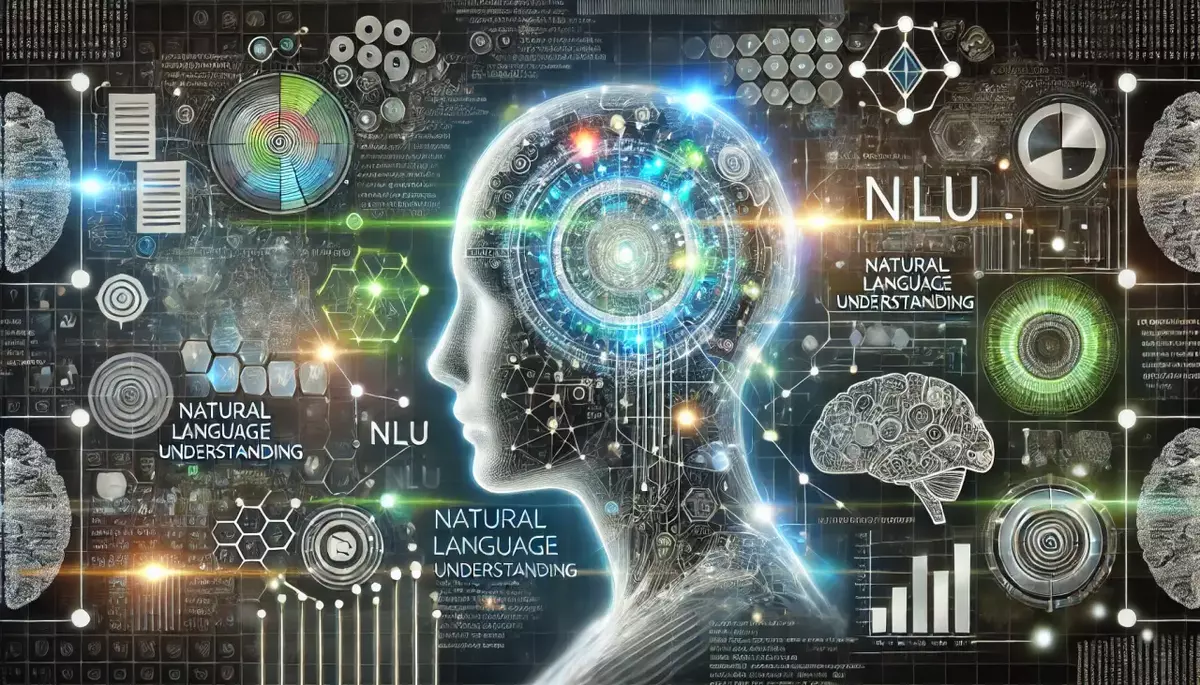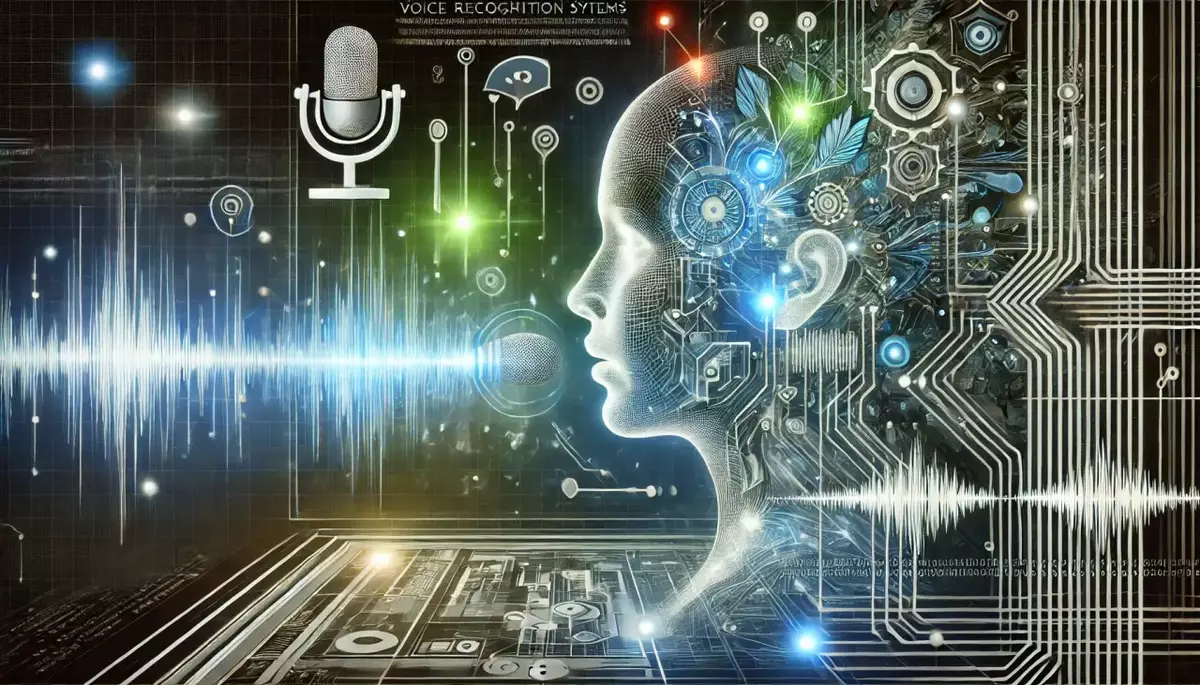Introduction
Natural Language Processing (NLP) is a field at the intersection of computer science, artificial intelligence, and linguistics. It involves the creation of computational algorithms that enable machines to understand, interpret, and generate human language. NLP is fundamental to the development of applications such as search engines, text analysis tools, machine translation, and voice-activated assistants.
What is Natural Language Processing?
NLP combines computational linguistics—rule-based modeling of human language—with statistical, machine learning, and deep learning models. These models are used to process and analyze large amounts of natural language data with the objective of understanding the human language in a way that is valuable .
Key Components of NLP:
- Syntax: The arrangement of words in a sentence to make grammatical sense.
- Semantics: The meaning conveyed by a text.
- Pragmatics: The use of language in context and the interpretation thereof.
- Discourse: How the preceding and succeeding sentences influence the meaning of a sentence.
- Speech: The process of recognizing and interpreting spoken language.
How Does Natural Language Processing Work?
NLP works by converting human language into a format that a machine can understand. This involves several steps:
- Tokenization: Breaking down text into words, phrases, or other meaningful elements called tokens.
- Part-of-Speech Tagging: Identifying each token’s part of speech (noun, verb, adjective, etc.).
- Dependency Parsing: Analyzing the grammatical structure of a sentence to understand the relationships between tokens.
- Named Entity Recognition (NER): Identifying and categorizing key information in text, such as names of people, places, and organizations.
- Sentiment Analysis: Determining the attitude or emotion of the speaker or writer.
- Language Modeling: Using statistical models to determine the likelihood of a sequence of words.
Applications of Natural Language Processing
NLP has a wide range of applications in various fields:
Search Engines:
- Information Retrieval: Enhancing the accuracy of search results based on the user’s query intent .
Healthcare:
- Clinical Documentation: Automating the transcription and organization of clinical notes .
- Drug Discovery: Analyzing research papers to identify potential drug interactions and effects .
Finance:
- Sentiment Analysis: Gauging market sentiment by analyzing financial news and social media .
- Fraud Detection: Identifying suspicious activities by analyzing transactional language patterns .
Customer Service:
- Chatbots and Virtual Assistants: Providing automated customer support through conversational interfaces .
Education:
- Automated Grading: Assessing written student responses in educational software .
Language Translation:
- Machine Translation: Translating text or speech from one language to another .
Challenges in Natural Language Processing
Despite significant advancements, NLP faces several challenges:
- Ambiguity: Human language is often ambiguous, making it difficult for machines to understand context and meaning accurately.
- Sarcasm and Irony: Detecting sarcasm and irony in text is challenging for NLP systems.
- Language Diversity: There are thousands of human languages, each with unique idioms, syntax, and semantics.
Future Directions in NLP
The future of NLP is likely to be shaped by the following trends:
- Pre-trained Language Models: Models like BERT and GPT-3 will continue to evolve, providing a more nuanced understanding of language .
- Cross-Lingual NLP: Developing models that can understand and translate between multiple languages without separate training data for each language .
- Ethical NLP: Addressing issues of bias, fairness, and privacy in language processing .
Conclusion
NLP is a rapidly evolving field with the potential to revolutionize how we interact with technology. By enabling machines to understand human language, NLP applications are making information more accessible and interactions more natural. As the field advances, it will continue to open up new possibilities for automation, communication, and insight across all sectors of society.
This knowledge base article is provided by Fabled Sky Research, a company dedicated to exploring and disseminating information on cutting-edge technologies. For more information, please visit our website at https://fabledsky.com/.
References
- Liddy, E. D. (2001). Natural Language Processing. In Encyclopedia of Library and Information Science (2nd ed.). Marcel Dekker, Inc.
- Hirschberg, J., & Manning, C. D. (2015). Advances in natural language processing. Science, 349(6245), 261-266.
- Goldberg, Y. (2017). Neural Network Methods for Natural Language Processing. Morgan & Claypool Publishers.
- Vaswani, A., et al. (2017). Attention is All You Need. In Advances in Neural Information Processing Systems.
- Devlin, J., et al. (2018). BERT: Pre-training of Deep Bidirectional Transformers for Language Understanding. arXiv preprint arXiv:1810.04805.


























